In a stunning archaeological breakthrough, researchers have uncovered what is now considered the oldest fortified settlement in Europe, nestled in the remote wilderness of Western Siberia. This extraordinary find, dating back to around 7000 BCE, is poised to revolutionize our understanding of ancient human societies and challenge long-held beliefs about the development of complex civilizations.
The Amnya archaeological site, situated near the Amnya River in a region known for its harsh winters and rich wildlife, has yielded remarkable structures that predate the widespread adoption of agriculture in Europe. This discovery challenges the conventional wisdom that farming was a prerequisite for humans to transition from nomadic lifestyles to settled communities. As researchers continue to analyze the site using advanced carbon dating and stratigraphical examinations, they are uncovering evidence that hunter-gatherers were capable of building sophisticated, long-term settlements rivaling those of their farming counterparts in the Stone Age.
The Amnya Site: A Detailed Look at Europe’s Oldest Fortified Settlement
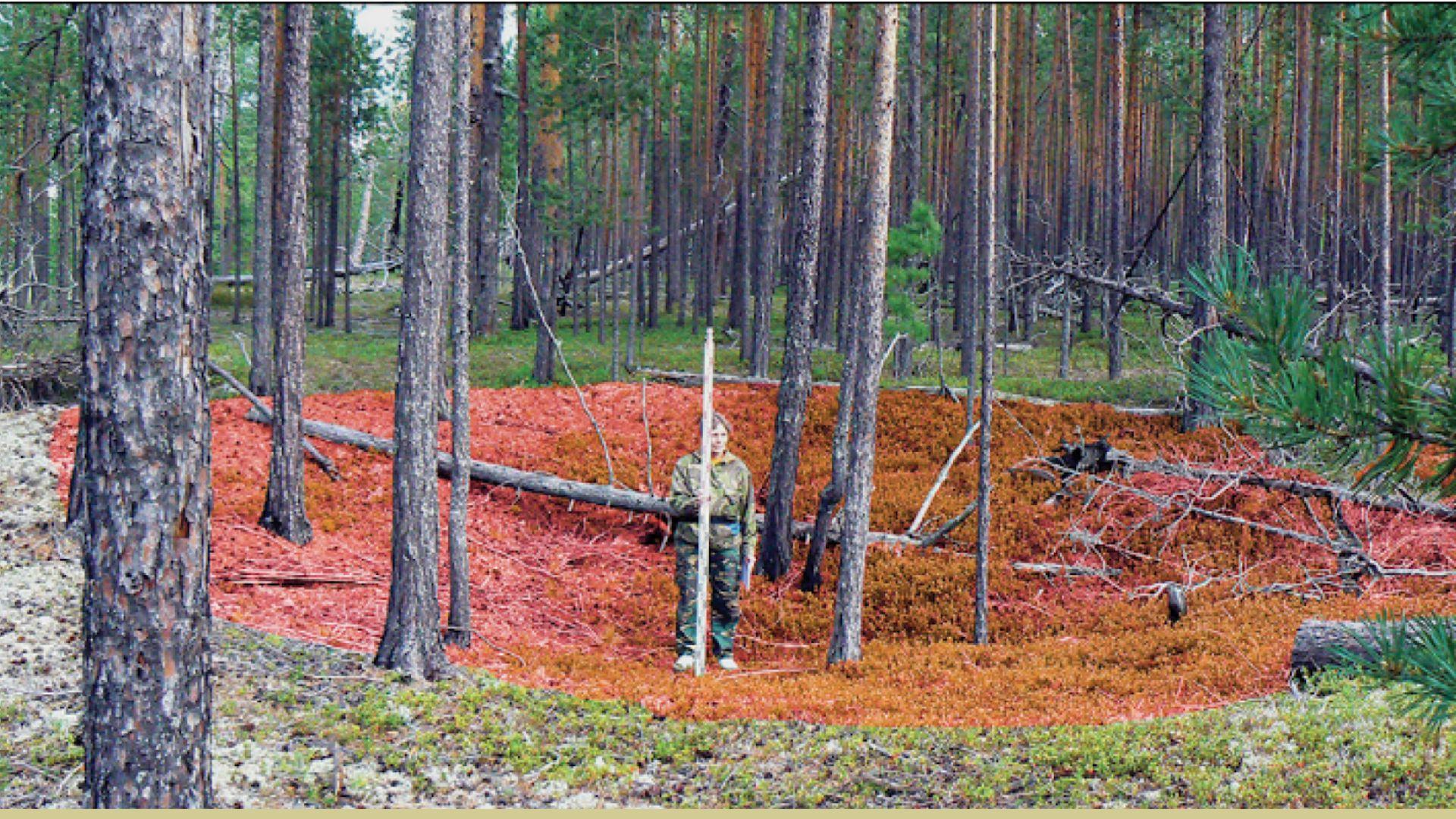
The Amnya archaeological site, nestled in the wilderness of Western Siberia, has revolutionized our understanding of early European settlements. Dating back to around 7000 BCE, this remarkable discovery features a small pit house flanked by a protective ditch, representing the earliest known fortified structure in Europe. Over the following millennium, the settlement expanded, with the addition of multiple ditches, buildings, banks, and fences, showcasing the increasing complexity of this ancient community.
What makes Amnya truly exceptional is not just its age, but the sophistication of its design. The strategic layout of the fortifications suggests a deep understanding of defensive tactics, while the presence of various structures indicates a well-organized society. This site challenges our preconceptions about the capabilities of hunter-gatherer communities, demonstrating that complex, permanent settlements were not exclusive to agricultural societies. As researchers continue to study Amnya, each new finding provides invaluable insights into the lives of our ancient ancestors and their remarkable adaptability.
Hunter-Gatherers vs. Farmers: Redefining Early Human Settlement Patterns
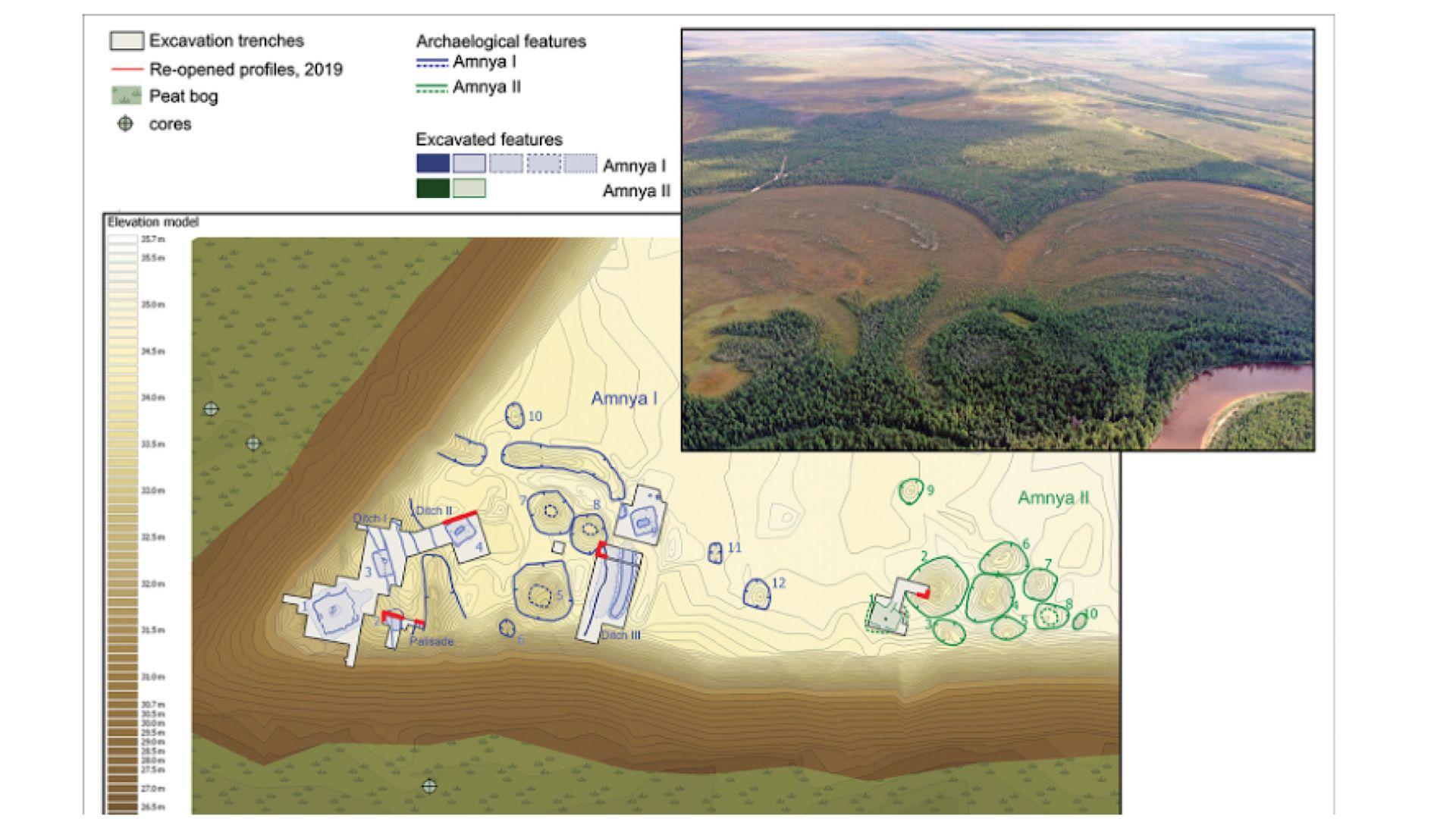
The discovery of the Amnya site has ignited a fascinating debate in the archaeological community, challenging the long-held belief that agriculture was a prerequisite for permanent settlements. This 8,000-year-old fortified settlement, built by hunter-gatherers, suggests that the transition from nomadic to settled life was not as clear-cut as previously thought. The site’s existence proposes that hunter-gatherers were just as capable of establishing long-term, complex settlements as their farming counterparts during the Stone Age.
This revelation forces us to reconsider the traditional narrative of human societal development. While agriculture undoubtedly played a crucial role in the emergence of many civilizations, the Amnya site demonstrates that other factors, such as abundant natural resources and advanced hunting and gathering techniques, could also support settled communities. This new perspective encourages a more nuanced understanding of prehistoric societies, acknowledging the diverse paths that led to the development of complex social structures. As we continue to unearth and study sites like Amnya, we may need to rewrite significant portions of our understanding of early human history.
Taiga Living: How Ancient Siberians Thrived in a Harsh Environment
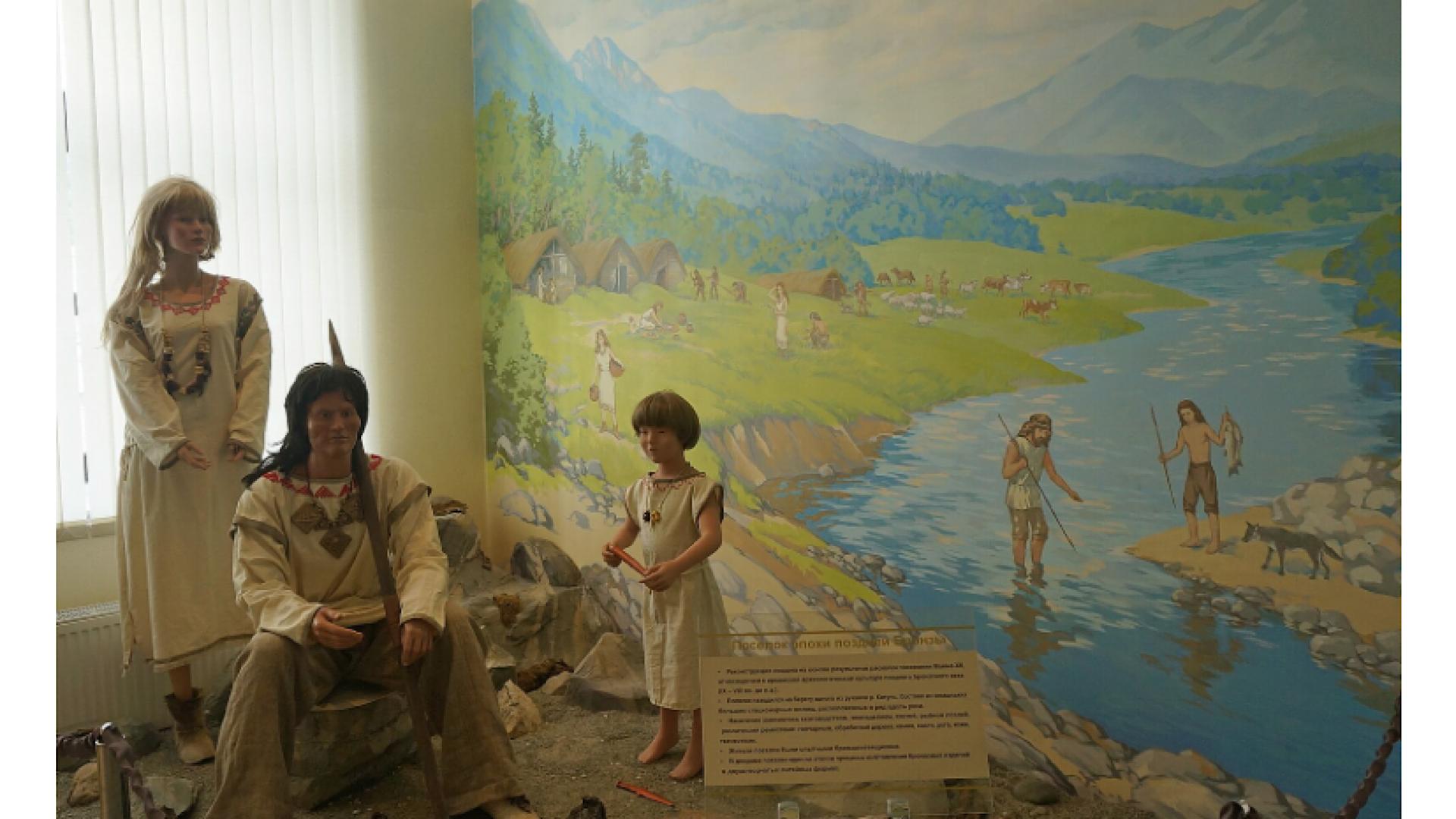
The West Siberian taiga, home to the Amnya settlement, presented both challenges and opportunities to its ancient inhabitants. This vast coniferous forest, known for its harsh winters, was also teeming with wildlife, offering a rich array of resources to those who could harness them. The settlers of Amnya demonstrated remarkable adaptability, developing strategies to not only survive but thrive in this demanding environment. They hunted reindeer and elk in the forests, while the nearby Amnya River provided a bountiful supply of fish, including salmonids and pike.
The success of the Amnya settlement highlights the intimate relationship these ancient Siberians had with their environment. They likely developed sophisticated hunting techniques, intricate knowledge of animal migration patterns, and effective methods for preserving food to last through the long, harsh winters. The fortifications at the site suggest that they also needed to protect their valuable resources, indicating that the abundance of the taiga was both a blessing and a potential source of conflict. This deep connection to the land and its resources challenges our perceptions of hunter-gatherer societies, showcasing their capacity for complex social organization and long-term planning in response to their environment.
Fortification Techniques of Stone Age Siberia: Protecting Resources in the Wild
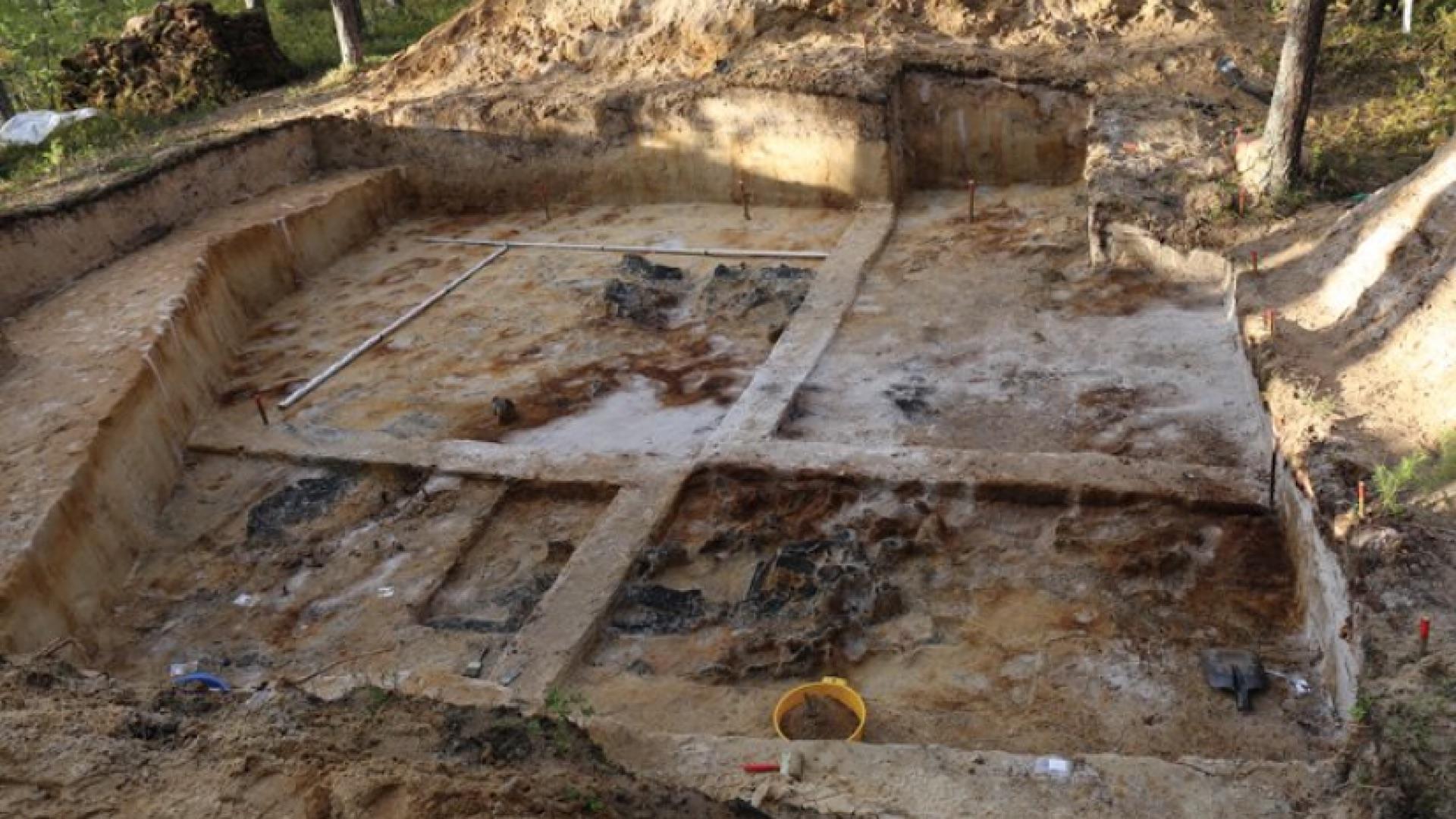
The fortifications at the Amnya site offer a fascinating glimpse into the defensive strategies of Stone Age Siberia. The settlement’s protective features, including ditches, banks, and fences, demonstrate a sophisticated understanding of security and territorial control. These structures, built with the limited tools available in the Stone Age, represent a significant investment of time and resources, highlighting the importance the inhabitants placed on protecting their settlement.
The reasons behind such extensive fortifications in a hunter-gatherer society are intriguing. Researchers speculate that the site may have contained valuable food stores, including smoked meats, fish, and oils, which would have been attractive to neighboring groups. The presence of these defenses suggests a level of social complexity previously unexpected in hunter-gatherer communities, including concepts of property, territory, and possibly even warfare. As we continue to study these ancient fortifications, we gain new insights into the social dynamics and challenges faced by our prehistoric ancestors in the harsh Siberian wilderness.
The Role of Advanced Dating Techniques in Archaeological Breakthroughs
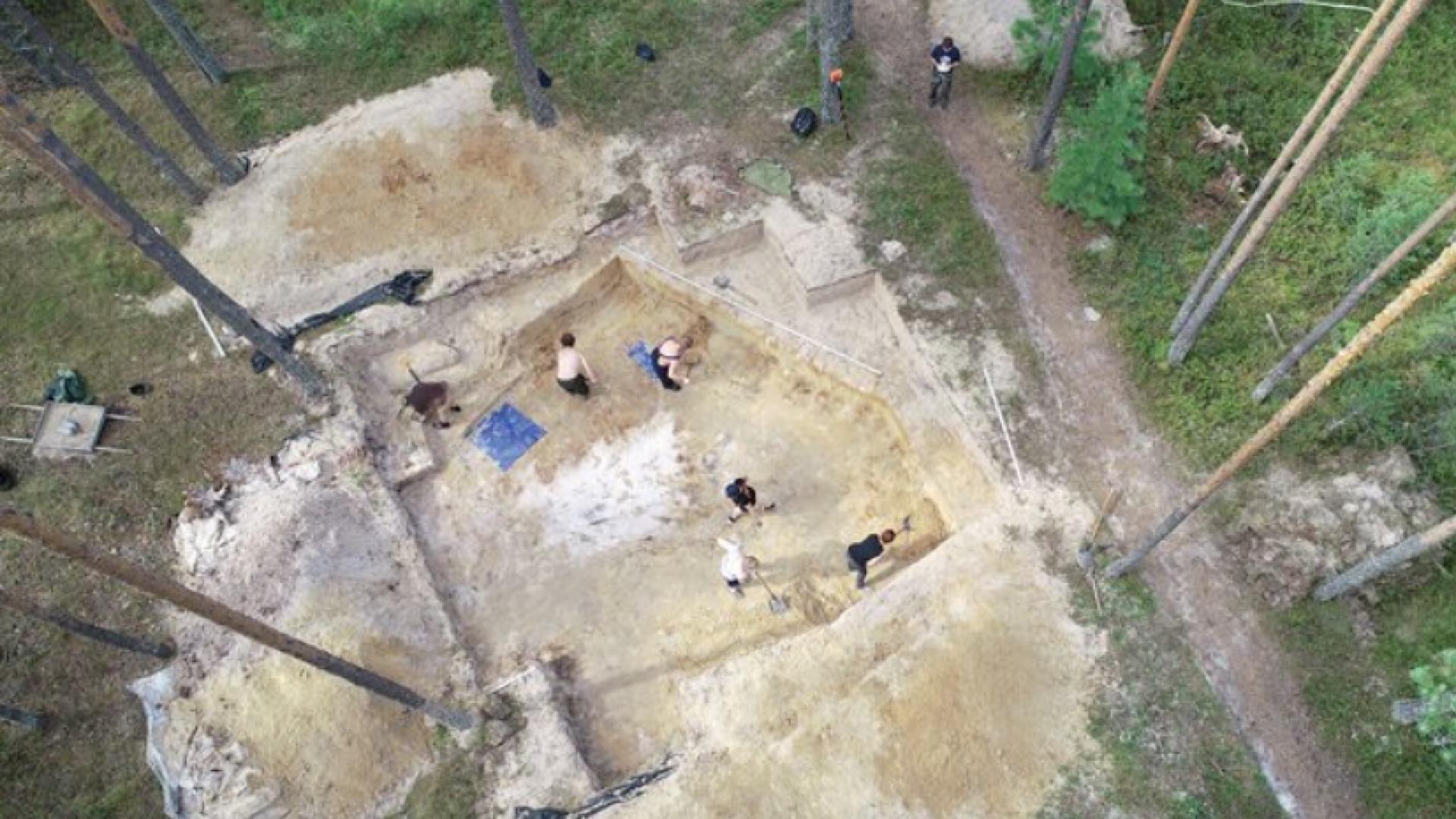
The revelation of Amnya’s true age and significance owes much to advancements in archaeological dating techniques. When the site was first excavated in the late 1980s, limitations in carbon dating technology prevented accurate age determination. However, recent revisits to the site, armed with modern testing methods such as advanced carbon dating and stratigraphical examinations, have unlocked its secrets, pushing back the timeline of fortified settlements in Europe by thousands of years.
These technological advancements have far-reaching implications for archaeology as a whole. They not only allow for more precise dating of artifacts and structures but also enable researchers to build more accurate chronologies of human development. The case of Amnya underscores the importance of revisiting previously excavated sites with new technology, as each advancement in dating techniques has the potential to rewrite our understanding of human history. As these methods continue to evolve, we can expect more surprising discoveries that challenge our current notions about prehistoric societies and their capabilities.
From Nomads to Settlers: The Evolution of Hunter-Gatherer Societies
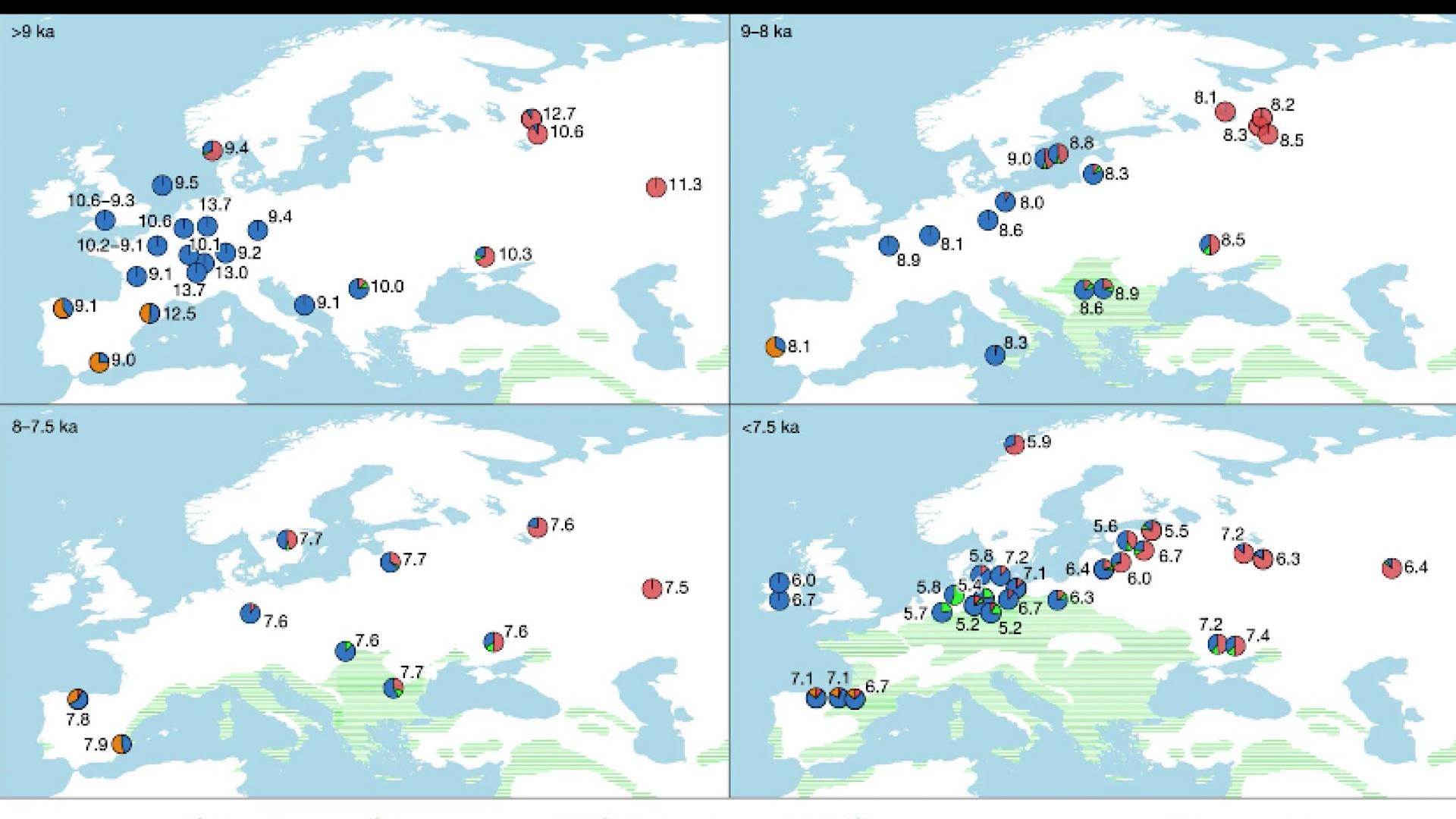
The Amnya site provides compelling evidence that the transition from nomadic to settled life was a complex and nuanced process. Rather than a abrupt shift triggered solely by the advent of agriculture, this settlement suggests a more gradual evolution driven by various factors. The abundance of resources in the taiga environment likely played a crucial role, allowing the inhabitants of Amnya to establish a permanent base while still maintaining a hunter-gatherer lifestyle. This challenges the traditional view of a clear dichotomy between nomadic hunter-gatherers and settled agriculturalists.
Moreover, the sophistication of the Amnya settlement indicates that hunter-gatherer societies were capable of developing complex social structures and long-term planning. The construction of fortifications, the evidence of food storage, and the long-term occupation of the site all point to a society with a deep connection to its territory. This revelation encourages us to reconsider other hunter-gatherer societies worldwide, looking for similar signs of complexity and settlement that may have been overlooked. As we continue to study sites like Amnya, we gain a more nuanced understanding of the diverse pathways that led to the development of settled human societies.
Ancient Food Preservation: Insights from the Amnya Site
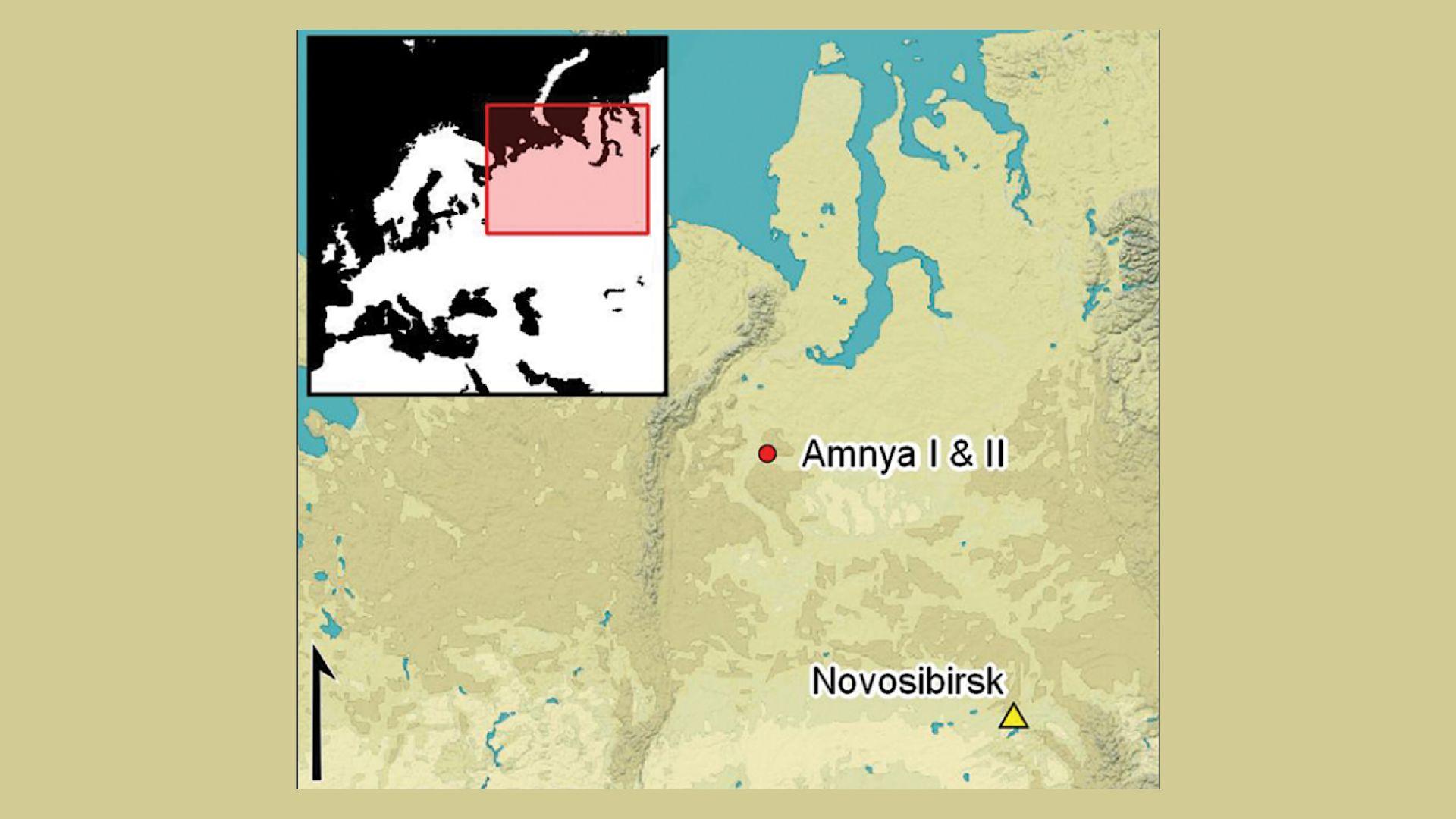
The Amnya settlement offers valuable insights into the food preservation techniques of ancient Siberian hunter-gatherers. The harsh climate and seasonal variations in food availability would have necessitated effective storage methods to ensure year-round sustenance. Evidence suggests that the inhabitants of Amnya were adept at preserving a variety of foods, including smoked meats, fish, and oils. These preservation techniques not only allowed them to survive the harsh winters but also potentially created a surplus that needed protection, hence the site’s fortifications.
Particularly intriguing are the fragments of decorated pottery found throughout the site. Researchers theorize that these vessels may have played a crucial role in food storage. The use of pottery for food preservation represents a significant technological advancement, allowing for better protection against pests and spoilage. This sophisticated approach to food storage and preservation challenges our perceptions of hunter-gatherer societies, demonstrating their capacity for long-term planning and resource management. As we continue to study the Amnya site, we may uncover more details about these ancient preservation methods, providing valuable insights into the daily lives and survival strategies of our prehistoric ancestors.
Comparative Study: Amnya and Other Early Fortified Settlements Worldwide
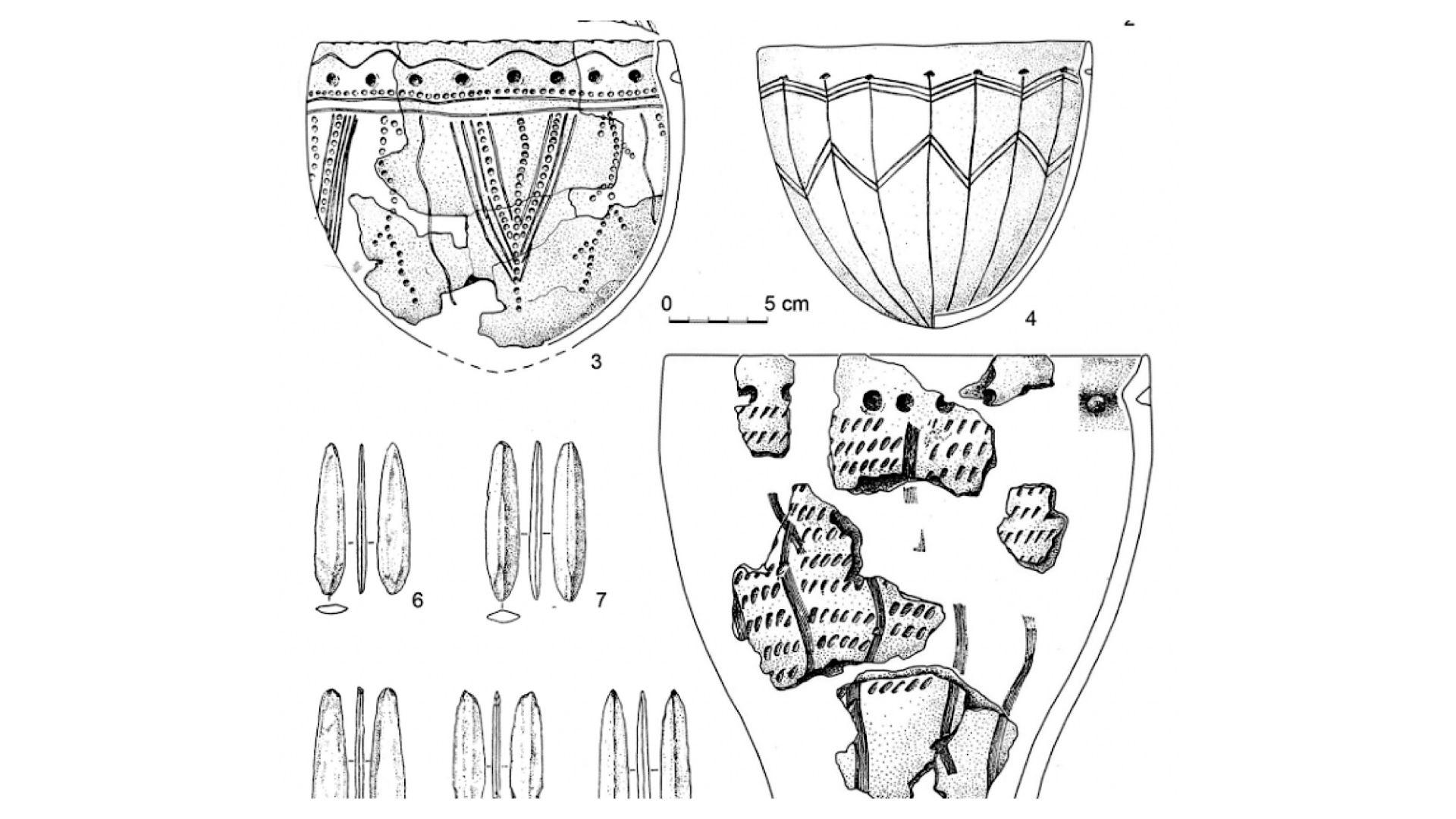
While Amnya stands out as the oldest known fortified settlement in Europe, it is not unique in the global context of early human habitation. Similar fortified sites have been discovered in various parts of the world, particularly in coastal regions, dating from later prehistoric periods. However, the inland location and extreme age of Amnya set it apart, making it an invaluable point of comparison for understanding the global development of fortified settlements.
Comparing Amnya to these other sites reveals intriguing patterns in human development. Despite geographical and temporal differences, many of these settlements share common features, such as defensive structures and evidence of long-term occupation. However, each site also reflects unique adaptations to its local environment and resources. This global perspective helps us understand the diverse factors that led to the development of fortified settlements, from protection against human threats to safeguarding valuable resources. By studying these sites collectively, we gain a more comprehensive understanding of how early human societies around the world developed complex social structures and territorial behaviors.
Challenging Anthropological Theories: The Amnya Site’s Impact on Our Understanding of Prehistoric Societies
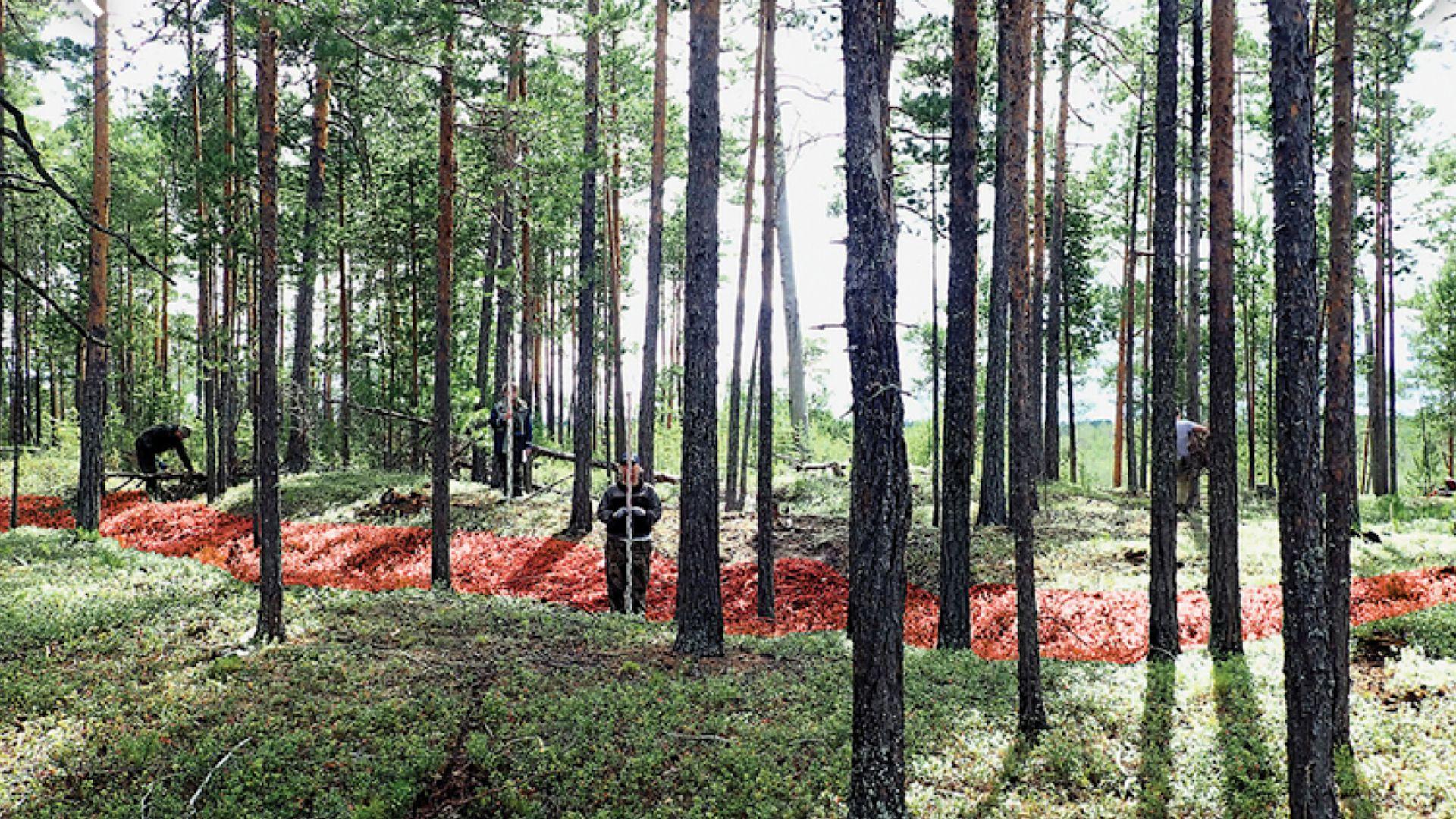
The discovery of the Amnya site has sent ripples through the anthropological community, challenging several established theories about prehistoric societies. Primarily, it questions the long-held belief that agriculture was a necessary precursor to settled, complex societies. The existence of this sophisticated, fortified settlement, built by hunter-gatherers thousands of years before the spread of agriculture in Europe, forces us to reconsider the pathways to societal complexity.
This revelation highlights the need for more flexible models in anthropology, ones that can account for the diverse ways in which human societies have developed. It underscores the significance of local environmental conditions in shaping the trajectories of human societies, demonstrating that abundant natural resources, rather than agriculture alone, can support the development of complex social structures. As we continue to unearth and study sites like Amnya, we may need to fundamentally reshape our understanding of prehistoric societies, acknowledging a wider range of factors that contributed to the development of human civilization.

